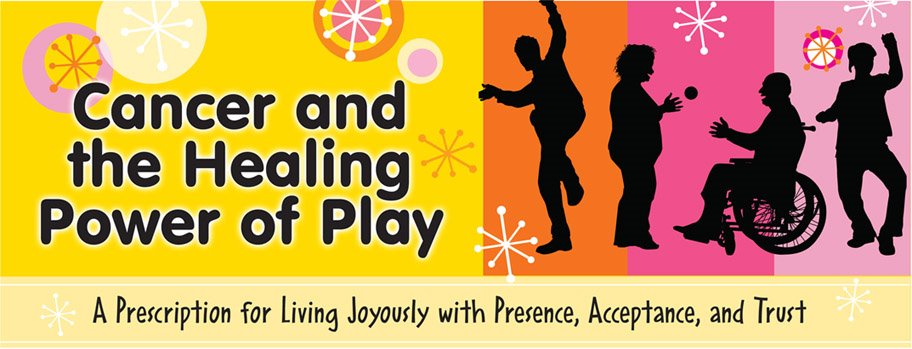WHY WE LAUGH: THE 3 BASIC FUNCTIONS OF HUMOR by Izzy Gesll, M.ED, CSP
To experience what it is like to try and definitively define humor, rent the Japanese movie Rashomon. In this 1950 film, directed by Akira Kurosawa, a crime witnessed by four individuals is described in four mutually contradictory ways. The Rashomon Effect is the effect of the subjectivity of perception, by which observers of an event are able to produce substantially different but equally plausible accounts of it.
Humor also is a shape-shifting concept. Highly desired in both personal and community relationships as a vehicle for joy, laughter and connectedness, it can just as easily arrive as a gift that when unwrapped causes tears, anger and emotional distance.
Generally, humor serves one of three functions. As a shield, it protects us from pain caused by outside sources. If we laugh at ourselves before others do, the truth won’t hurt us as much. I think it’s important here to differentiate the concepts of self-derogatory humor and self-effacing humor. Self-derogatory humor is about laughing at who you are; self-effacing humor is about laughing at what you do. As human beings we all look foolish at times. That doesn’t make us fools.
A second function of humor is as a weapon. Hurting others or diminishing them can make us feel better or release pent up anger. It’s a way of dealing with fear or the sense of low-status. If we can “put someone down,” by definition our status is raised. This motive is the driving force behind negative humor such as ethnic, sexist, homophobic, xenophobic or racist jokes. By making fun of what scares us, we diminish its power to hurt us.
An interesting social quality of humor is its ability to allow difficult information to be received in a non-threatening way. As George Bernard Shaw said, “If you ever want to tell someone the truth, better make him laugh, or he’ll kill you.” Humor is one of the few forms of social interaction that has a trial balloon attached to it. If you say something that is received as offensive by someone else, you can always attempt to defuse the negativity by uttering the well-worn phrase, “just kidding.” This may keep tempers at bay. However, “just kidding,” does not mean, “I didn’t mean what I said.” It is true that a lot of truth is said in jest.
The third and most constructive purpose of humor is as a bridge, bringing people together. Laughing together connects people on mental, physical, emotional and spiritual levels.
Mentally we are thinking alike; we share a point of view about the topic; Physically, we are releasing tension. Laughter is one of the best tension relievers because laughter and tension cannot exist in the body at the same time. Picture two people trying to move a heavy piece of furniture. Arms taut and straining. What if one person starts to laugh? That’s right. Can’t hold the tension.
Emotionally, we are connected to each other. Think of the position we take when we laugh- heads nodding agreement as if to say, “I get it. I’m with you. We are not alone.” I believe that the people we laugh with most often are the ones we trust the most.
Spiritually, our load is lightened, our spirits lifted. We understand, at least for that moment that there is another reality; another way of looking at the world.
The first step in expanding your own sense of humor is to pay attention to how you use humor and how it is used by others around you. Obviously, the more bridges you build, the more joyfully connected to others you will be. Don’t dismiss, however, the importance of recognizing when you are using the shield or weapon function of humor. It will give you a pretty clear insight into personal areas of thought and belief you may not have been aware of.
Izzy Gesell is a keynote speaker, group facilitator and speech coach. He can be reached at izzy@izzyg.com

